Common Diseases and Effective Controls in Banana Cultivation
As a tropical crop, bananas thrive in warm, humid climates with plenty of rainfall. Disease management strategies are crucial to the upkeep of healthy banana crops. The following list of frequent banana illnesses includes management strategies for each:
Chlorosis Infection or Banana Mosaic
Typical mosaic signs on the leaves are indicative of the illness. Mosaic plants are readily identified by their deformed, mottled leaves and modest growth. Early signs on immature leaves take the form of light green or yellowish bands and streaks that give the leaves a mottled look. The leaves that are subsequently generated have wavy borders and are tiny and deformed.
In extreme situations, the leaf sheath and pseudostem include rotten sections all over them. Plants with diseases do not mature. Every now and again, they yield a cluster of unripe fruit that is unsuitable for human eating. The impacted plants grow more slowly. The youngest leaf displays discoloration, and heart rot is caused by the roots.
Supervisory
It is important to eradicate unhealthy plants, suckers, and clusters in a methodical manner. It is not recommended to gather planting materials from areas where this disease is present. To manage Aphids, a little insect that feeds on plant sap, one should spray 1.5 ml/litre of water with Dimethoate 30 EC. Additionally, plants next to the healthy plants need to be sprayed. Herbicides like 2, 4-D or 2, 4, 5-T or kerosene should be used to destroy the afflicted plant. To ensure that no suckers that can harbor the virus are developed, the rhizome should be taken out, chopped into tiny pieces, and doused with herbicide once again.
Steer clear of intercropping vegetables such as beans, peas, lentils, cucumbers, bitter gourds, pumpkins, etc. Spread lemon grass in the pits before to planting. Apply 15 grams of carbosulfan 6G per plant in the soil surrounding the rhizomes 20 days after planting to suppress vectors. Then, apply 5 grams of carbosulfan 6G in the leaf axils at 2 1/2 months and 5 1/2 months after planting.
Rot Rhizome
The disease mostly affects the rhizome under the surface of the banana plant, which causes the root system to rot and die. Rhizome Rot must be managed quickly after discovery since, if left unchecked, it may spread quickly and cause large crop losses.
The impacted plants exhibit discolouration as well as soft rot in the suckers and rhizomes. After a while, the inside tissues deteriorate and it becomes mushy and squishy. The illness causes the root system to deteriorate and become brown as well. The plant can no longer be supported by the weakening roots. Plants that are severely damaged still have stunted growth and discolored, wet leaves. Sheath roots and yellow leaf blades give the rhizome cavities, dark, water-soaked patches, and a somewhat burnt look. There are small-sized fruits that may not make it out of the tip of the stalk. Rhizomes that are sown too soon decay and don't grow.
Supervisory
Eliminate or destroy contaminated sucker clusters. Next, use a solution of Bleaching Powder (1 gram per liter of water) to sanitize the area. Use basin irrigation instead of furrow irrigation.Use a 0.1% bleaching powder solution (1 gram per liter of water) to disinfect the irrigation water. In the banana basin, distribute 10% fresh cow dung slurry (100 grams per liter of water) or bleaching powder.
Apply a 1% Bordeaux mixture of copper oxychloride 50 wp (2 grams per liter of water) to the soil. Use materials from the disease-free strategy. Eliminate weeds, including Heliconia spp., from the field and its surroundings. Use phenol or bleaching powder to clean field tools and utensils.
Improve the drainage system. For six months, particularly in the summer, let the land fallow. Implement a 12-month crop rotation program that includes non-host crops. Apply copper oxychloride 50wp (4 grams per liter of water) on suckers for 30 minutes before to planting. Apply antibiotics to the soil, such as streptomycin 500 ppm (5 grammes/liter of water).
-logo.webp.png)

-logo.webp.png)

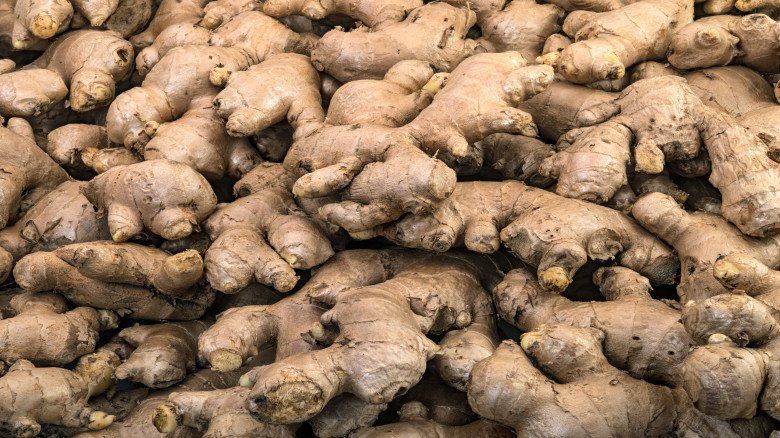

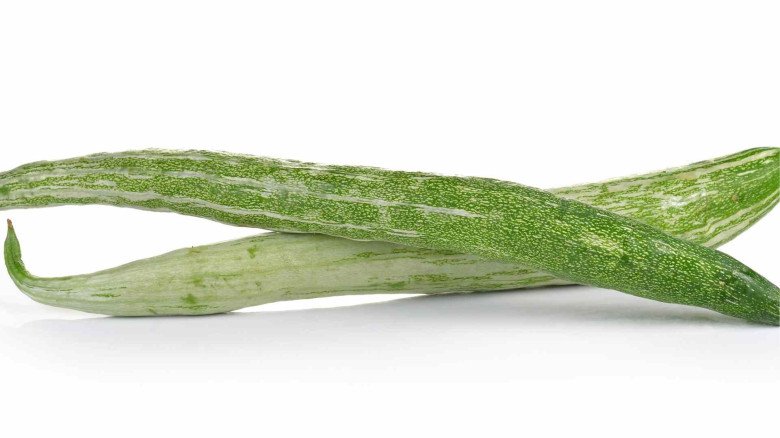





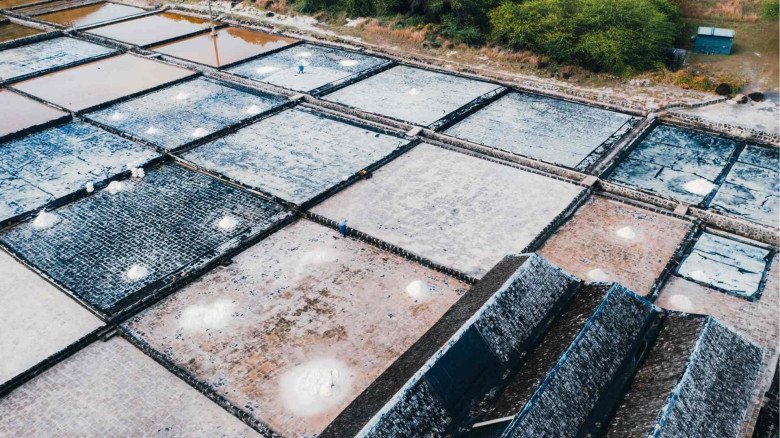









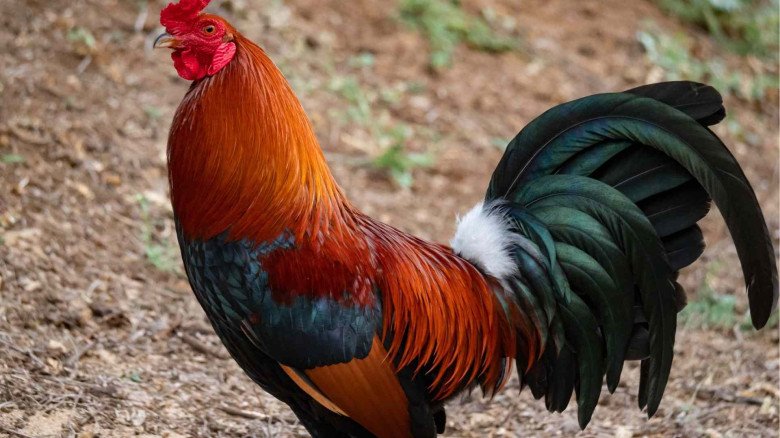













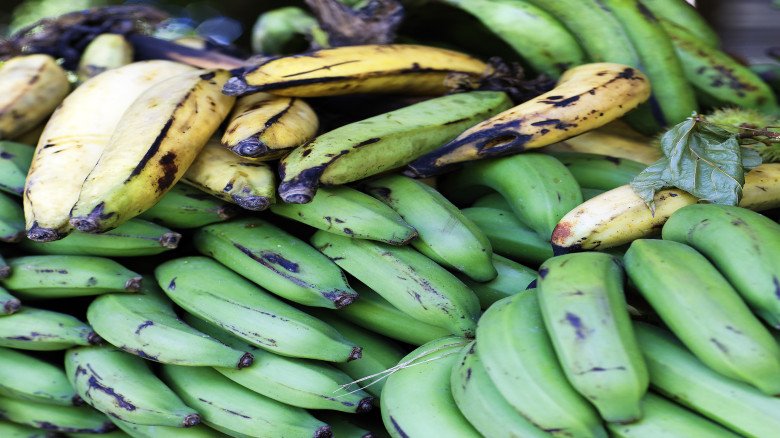
Leave A Comment